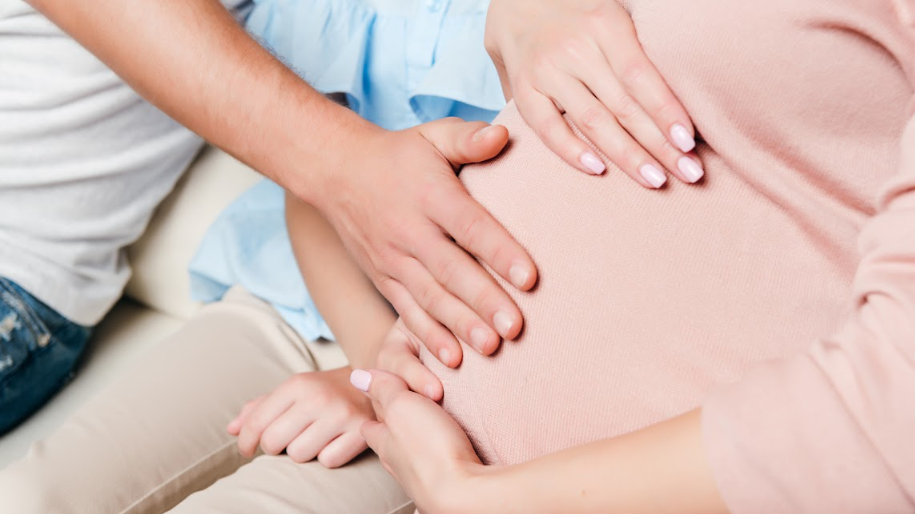
Secrets of Licorice: Ancient Remedy or Modern Superfood?



Travel During Pregnancy: Dos and Don'ts for a Stress-Free...

10 Healthy Snacks for Pregnant Women

The Home Stretch: Journaling the Third Trimester of Pregn...

When Can You Feel Your Baby Kick? What to Expect During P...

Prenatal Yoga and Its Benefits for Pregnant Women

Welcoming Your Baby in the 9th Month

How to Prepare for Labor and Delivery

Things to do a week before your due date!

The Best Books to Read During Each Trimester of Pregnancy

What is a Breech Baby? Understanding the Different Breech...

Top Foods to Avoid During Pregnancy

Do’s & Don'ts in the Third Trimester of your pregnancy jo...

What Is Pregnancy Nose? Causes, Symptoms, and Remedies

What is a Mucus Plug and Why is It Important During Pregn...

7 Daytime Habits for Baby's Restful Nights

Pregnancy Mood Swings! Things You Should Know

The Importance of Choosing the Right Teether for Your Bab...

An Ideal Hair Care For Babies- What You Must Know?

Here's why Expectant Mothers Should Adopt Garbh Sanskar P...

The Charm of Tradition: Old Wives’ Tales for Baby Gender ...

Natural Remedies for Preventing and Treating Pregnancy St...

What to Expect During Your Second Pregnancy

Embarking on Motherhood: Early Signs of Pregnancy

Hospital Bag Checklist for Delivery 2024: Essentials That...

Unlocking the Wonders of Garbh Sanskar: Shaping the Unbor...

Why Prospective Parent Should Know About Beej Sanskar
Pregnancy is a journey full of anticipation, excitement, and, let's face it, apprehension as you approach your due date. As the final weeks arrive, you'll likely find yourself eagerly awaiting the signs that your little one is ready to make their grand entrance. While every pregnancy and labor experience is unique, some common signs signal your body is preparing for birth. Understanding these signs can help you feel more informed, empowered, and ready to welcome your baby into the world.
Even before active labor begins, your body makes subtle shifts in preparation for birth. These early signs can appear weeks or even just days before labor:

While the early signs offer clues, the following signs typically indicate that active labor is imminent:
Also read: Hospital Bag Checklist for Delivery 2024
If you experience any of the following, it's important to contact your healthcare provider immediately:
Labor is a powerful and unique experience. By understanding the signs and preparing yourself both physically and emotionally, you can approach this momentous occasion with confidence and anticipation. Remember, your healthcare provider is your best resource for any questions or concerns you may have. Trust your body, listen to your instincts, and embrace the incredible journey of bringing your baby into the world.
Also read:
Prenatal Yoga and Its Benefits for Pregnant Women

